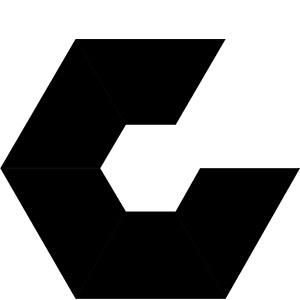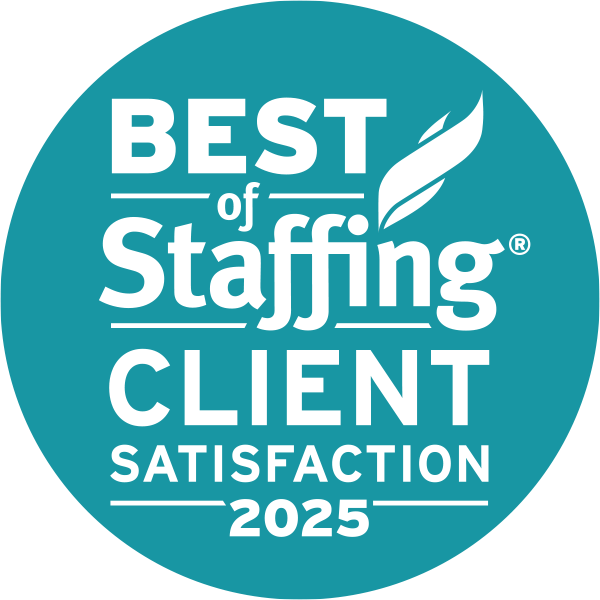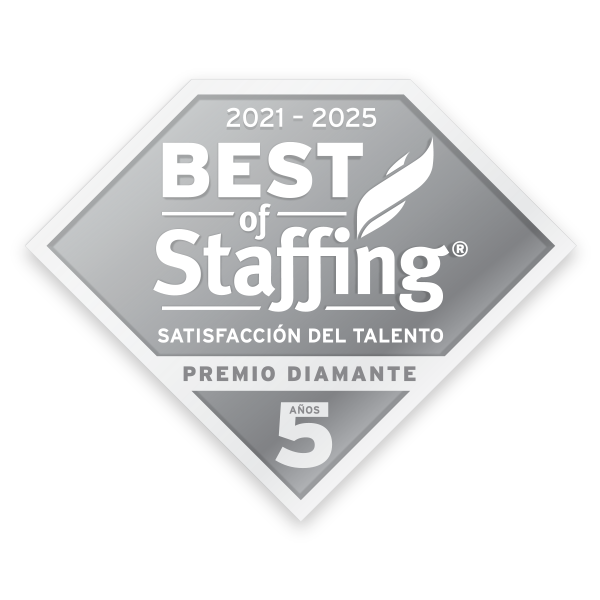Patrick Neeman is the Director of User Experience with Jobvite. Patrick runs the UX Drinking Game, and also runs a blog, Usability Counts, that covers topics such as User Experience, Social Media, and Web Marketing. His previous experience includes working with startups to launch their products, User Experience and Social Media consulting with Microsoft, and managing a team of 25 User Experience professionals for a technology consultancy. You can follow him on Twitter at @usabilitycounts.
Most hiring managers don’t understand the skills needed for great websites and web applications because the field is still relatively new. They understand that skilled designers can lead to amazing successes (read: they want to be like Apple), but they don’t grasp what the process is, for or which skillset they should be hiring. It’s not entirely their fault.
User Experience still isn’t well defined (think of our industry as television when color first came out) so it’s especially hard to come up with a job description that’s still being written. Even most college programs are still in flux, meaning that some degrees in the field aren’t worth the paper on which they’re written.
As a User Experience designer, you can help employers shape the jobs they advertise. Educate them, and you pay it forward for the designers of the future.
What’s the Lay of the Land?
During the interview process, ask a lot of questions:
- How many developers do you have?
- Do you have a visual designer?
- Is there a front-end coder?
- How big is the team?
- Is there a product manager?
- Have you had a UX designer before?
- What’s your development process?
- Is your team talking to the customers?
- Who’s writing the requirements?
- Are there requirements?
These questions give you clues about whether or not the organization has the right makeup for success, and whether you have the tools available to effect change. For example, if this is the first UX position among ten developers and the team lacks even a project manager, it probably won’t work.
Double down if a previous hire went sour. If they’ve had firsthand experience with one who’s spent two to three months there and couldn’t even deliver a wireframe, hiring managers become especially suspicious of people in the field.
Reach out to other people at the company through social media channels to get their assessment. This is a very effective way to find out if User Experience will work there, because you can make judgments on more than just the hiring manager’s viewpoint.
Does Your Skillset Fit?
Most hiring managers want people that fit into different-sized boxes. Do you fit?
I personally have a skillset typical of many User Experience Designers that work well in startups. I’m deep in User Experience, but can also do prototyping, some visual design and a bit of programming. That makes my skillset very valuable with smaller teams, but it may not match the needs of places that want specialists, because I might not be deep in an area they need, like taxonomy.
No one would confuse me with Jared Spool, who has a completely different skillset. With his extensive and very specialized experience in user research, his background works very well for large corporations that are trying to solve huge problems. We both claim User Experience as our passion, but neither of us would fit in the same box.
Assess what you can do realistically, and ask yourself if you’re a fit for the job. What you bring to the table — for example, whether you specialize or are you a generalist — can be more or less valuable depending on the company’s needs.
Are You Flexible in What You Can Contribute?
I did a presentation recently with Dylan Campbell about getting a great UX Job. One of the key comments was: “While you feel you don’t have to know how to code, JavaScript developers are here at the event leaning about User Experience. That makes them more valuable than you.”
Employers want flexible people. Specialists are great for specific tasks, but the resource and skill set needs of any business change with each software development life cycle.
You should change with them.
That might mean learning a new skill, or reacquainting yourself with skills you haven’t used in a while. You have to sell yourself as a great resource that can grow, learn and expand your knowledge with the company – that alone will allow you to shape your new UX Job, and, by extension, your career.
Do You Have the Skills to Teach Them?
The reality of User Experience is that even though how you apply your process changes with each organization, the tools of User Experience don’t change. And it’s up to you to decide if you have enough experience to effectively guide them.
But it’s just not about the hard skills, such as knowing how to do personas or the basics of ethnographic research. The soft skills, such as how to negotiate the politics of a organization learning about the User Experience process, are equally as important.
Three soft-skills questions you should ask yourself:
- Can you handle the political nature of the company?
- Do you have an aptitude to educate coworkers?
- Do you have patience?
The best way to build an organization dedicated to design is by building credibility. This takes a lot of time and the ability to build support with the right people in a culture.
Are They Flexible in What They Can Learn?
This is hard, because it requires “Spidey sense”. Ask yourself these questions:
- Can they learn what user experience is about, and how user experience can translate to success in their organization?
- Can they make the hard decisions that will enable you to instill a process that will produce great products?
- Are the developers going to allow change?
- Has User Experience failed them in the past?
And the most important question:
- Is there someone (hopefully the hiring manager) that will champion User Experience in the organization?
Great organizations have that, and that’s the only way User Experience succeeds. Design-driven organizations need dedication at the top to make it work (read: Apple).
It’s not easy.
Even the largest agencies in the world are having issues in adopting a focus on User Experience into their company culture. Great organizations have leaders that are flexible enough to know that what they’re doing isn’t working and are willing to adapt. Businesses need a certain level of maturity to succeed at User Experience, and you have to decide whether or not they’re at that level.
If they’re hiring you to solve a problem and you feel it can be solved, make a go at it. If not, it’s okay to say, “Let’s be friends.” They may call you in as a consultant later if a previous resource didn’t work out.
The Bottom Line: You Can Shape Your Future.
User Experience can be shaped more than any other position in the organization because the field is still evolving.
It’s up to you to shape it.







